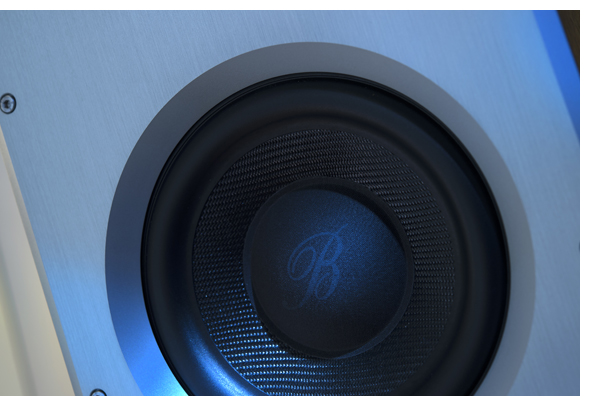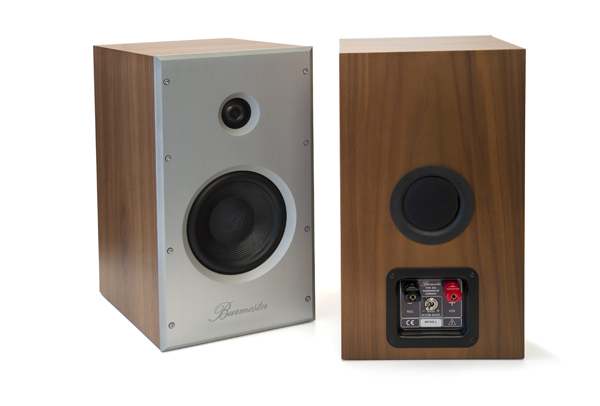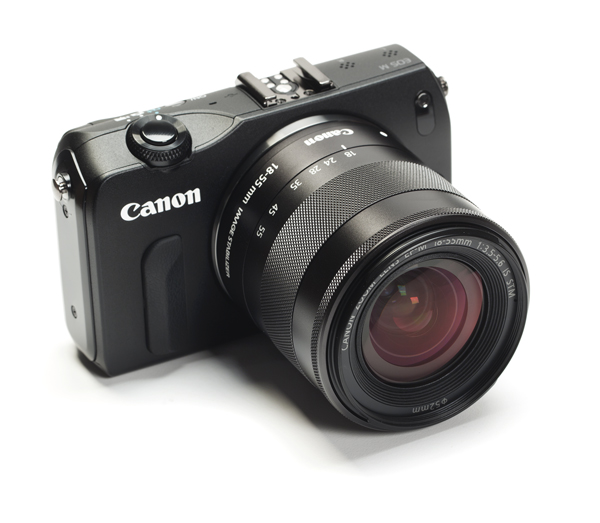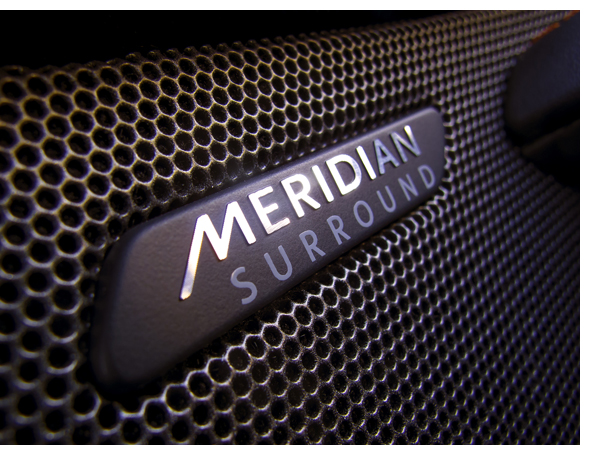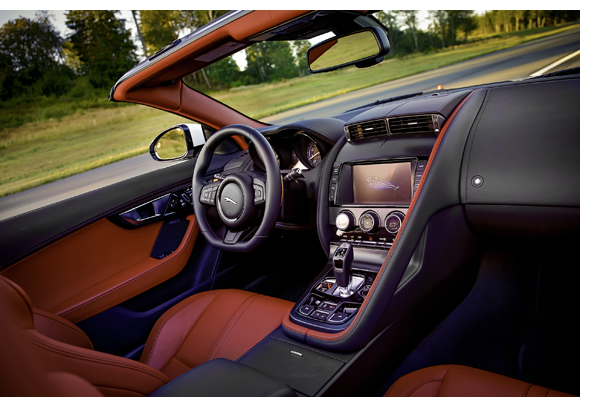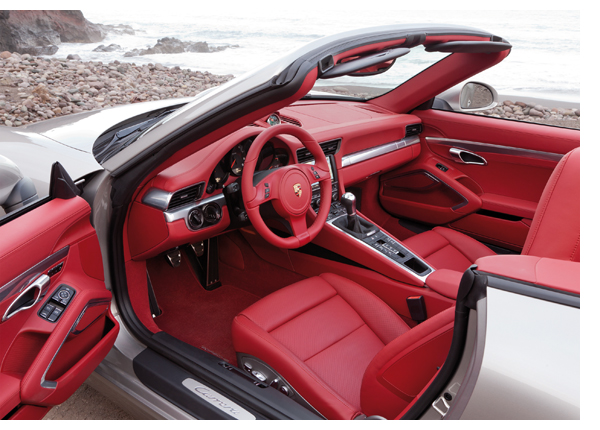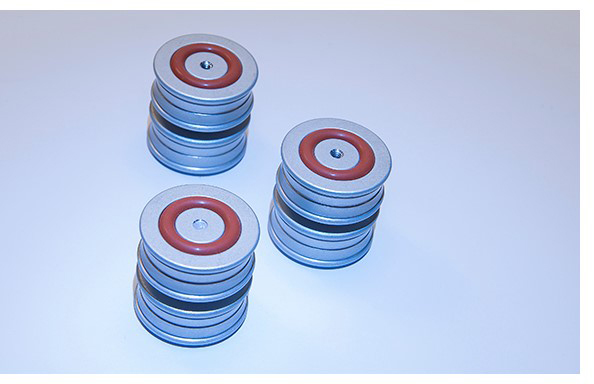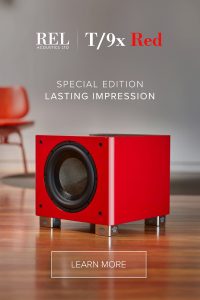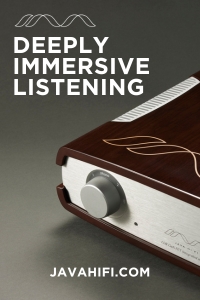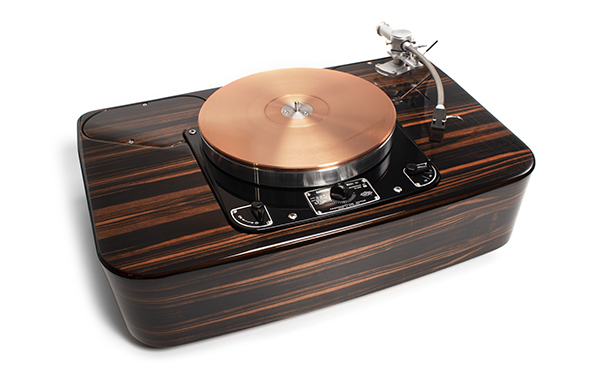 The first time I drove an Aston Martin, it was an otherworldly experience. The sheer opulence of the car was equally matched by the performance, providing a feel in a sporting car like no other. Yes, a geeked out Subaru STi is just as fast, but the sheer beauty of the Aston is unmistakable. You’ll get the same feeling when you unpack an Artisan Fidelity turntable.
The first time I drove an Aston Martin, it was an otherworldly experience. The sheer opulence of the car was equally matched by the performance, providing a feel in a sporting car like no other. Yes, a geeked out Subaru STi is just as fast, but the sheer beauty of the Aston is unmistakable. You’ll get the same feeling when you unpack an Artisan Fidelity turntable.
Except this is like unwrapping a freshly restored and re-engineered DB5. Yes, it is an excellent record playing machine: luxurious to behold, I suspect it will always give you pause when playing a record. Old car guys like to say, “It looks fast just standing still,” and that sentiment applies to the Artisan Fidelity Garrard 301 Statement Turntable, presented here in its latest version 2 form.
Gently placing the stylus down on Herbie Hancock’s Empyrean Aisles, I received an equally out of this world experience. If you’ve spent some time with idler drive turntables, you know they have a loveable, somewhat fat, burly, yet enjoyable tonal character. By comparison, my Thorens TD-124 sounds bloated and lacking in detail, when listening to the same tracks, even with the same phono cartridge. (in this case, a Lyra Delos)
Having an incredible digital front end at my disposal, analog has to be either really good or really different to go through the ritual that accompanies listening to a record. The Artisan Fidelity Garrard 301 Statement offers up a degree of tonal saturation, dare I say, a slightly romantic presentation, that I doubt anyone would ever mistake it for anything but incredible analog. There’s nothing like this in the digital world, and every time I listen to this table, I want more.
Artisan Fidelity’s Christopher Thornton has built the ultimate sleeper Garrard 301 turntable. As a vintage based deck, it still lacks the last bit of clarity that a top modern direct drive offers, but that’s not the point here. We’re not talking about ultimate musical accuracy here, we’re talking about flavor. This table is all about the sonic and visual character) It’s like the difference in body that a Les Paul Custom offers over a Stratocaster. Some prefer one over the other, some have both. You know where I’m going with this…
If you’re of the “a Timex tells time as well as a Rolex, so why spend the extra money” school, stop right now. Turn the page. You won’t like what I have to say.
What makes the Artisan Fidelity Garrard so incredible, separating it from the other “pretty plinth for old hardware beneath” Garrards, is the excruciating level of design fanaticismand precision engineering found in every aspect of this table. Considering how many fine watches cost as much or more than the Artisan Fidelity table, if you value what this table has to offer, it’s a steal at around $22,000 with external regulated power supply. I’ve used turntables that cost three or four times as much that didn’t provide near the experience that this table does.
Breaking in your brain
Arriving in a couple of crates, the AFG (as I’ll refer to it for the rest of the review) is respectfully packaged, and basic assembly takes only minutes. But it takes a while for everything to sink in fully. If you are as much of a qualityphile as you are audiophile and music lover, you may need to put this table on whatever rack you have in mind and just sit back to take it all in. No other turntable I’ve spent time with offers such a sensual nature of operation. This is a product that begs to be used, often.
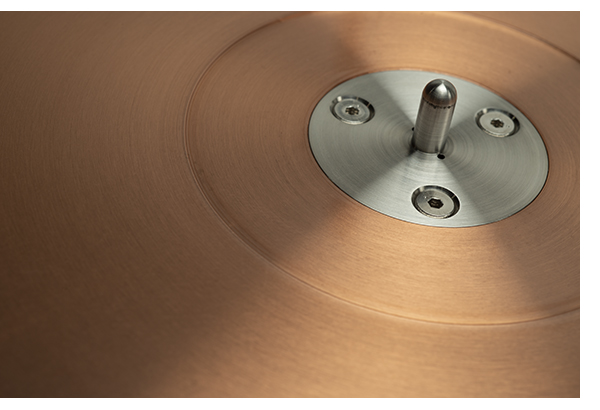 Every surface on the AFG is sheer perfection, from the clear coating on the upper Copper platter surface to the premium glossy black automotive paint finish on their proprietary solid billet Aluminum alloy chassis. Everything shines and sparkles. It may even prove tough to keep your enthusiasm in check to mount a tonearm or too, but you will be rewarded. The sample in question, for now, sports an Audio Creative GrooveMaster II tonearm in the front position with the Hyper Eminent EX cartridge from My Sonic Lab.
Every surface on the AFG is sheer perfection, from the clear coating on the upper Copper platter surface to the premium glossy black automotive paint finish on their proprietary solid billet Aluminum alloy chassis. Everything shines and sparkles. It may even prove tough to keep your enthusiasm in check to mount a tonearm or too, but you will be rewarded. The sample in question, for now, sports an Audio Creative GrooveMaster II tonearm in the front position with the Hyper Eminent EX cartridge from My Sonic Lab.
The rear position is occupied by an SME M2-9-R arm, expertly reworked to feature upgraded bearings, Cardas internal tonearm wire, and a hardwired tonearm cable (also Cardas), sporting a Kiseki Purple Heart cartridge, making for an excellent tradeoff. Additionally, we’ve been using the rear position as a test bed for cartridge reviews on our new site (www.cartridgedude.com). Both arms have been feeding into the new Pass Labs XP-27 phono stage going forward, but for the purpose of this review, all comparisons were made on our reference Pass Labs XS Phono.
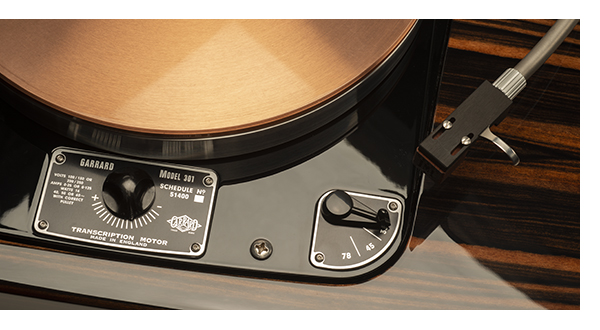 As a confessed mechanical enthusiast that loves anything finely machined, coated and painted, the AFG is as close to sensory overload as it gets. The plinth is only the beginning, and once the massive modular platter, consisting of copper, magnesium alloy, aluminum, acetal and stainless steel is installed, a lot of the beauty is underneath. But the plinth alone is a work of art. You can click here for the full explanation on the Artisan Fidelity site, but here’s the short version.
As a confessed mechanical enthusiast that loves anything finely machined, coated and painted, the AFG is as close to sensory overload as it gets. The plinth is only the beginning, and once the massive modular platter, consisting of copper, magnesium alloy, aluminum, acetal and stainless steel is installed, a lot of the beauty is underneath. But the plinth alone is a work of art. You can click here for the full explanation on the Artisan Fidelity site, but here’s the short version.
Details, details, details.
That’s what will have you doing a second, third, fourth, and twentieth double take on this table. If you are used to the shortcomings mentioned above of the idler wheel system, it only takes about five seconds of musical flow to turn your head like a dog in disbelief. All the speed inconsistency and cloudiness you’d expect from an idler table does not exist with the Artisan Fidelity. Every aspect of this decades-old design has been re-thought and re-engineered to 21st-century spec.
There is a staggering amount of person-hours in the assembly of one of these, and I suspect more than any other high-end turntable I’ve used. I highly suggest going for the slightly larger plinth which enables one to add a second tonearm, making the investment even easier to amortize. Not to mention the visual appeal of two tonearms!
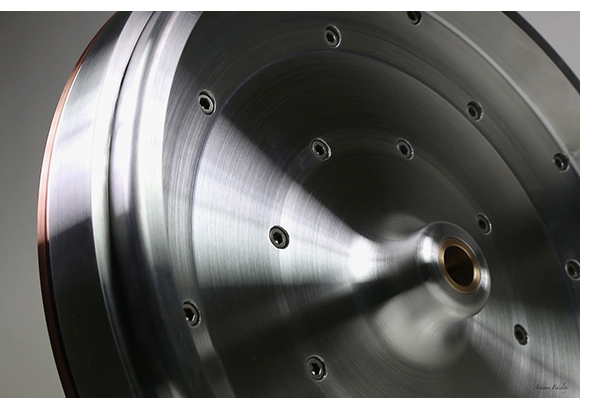 From the inverted and modular Sapphire bearing/heavy balanced Copper hybrid main platter unit to the finely machined austenitic stainless steel idler wheel, that has only .003 inch variation in its periphery surface diameter and precision billet aluminum eddy current disk brake, it’s the refinement of every aspect of this classic table’s design, combined with fanatic, individual final assembly and listening tests that distinguishes this from your Grandfathers Garrard. Forget everything you think you know about the idler drive system.
From the inverted and modular Sapphire bearing/heavy balanced Copper hybrid main platter unit to the finely machined austenitic stainless steel idler wheel, that has only .003 inch variation in its periphery surface diameter and precision billet aluminum eddy current disk brake, it’s the refinement of every aspect of this classic table’s design, combined with fanatic, individual final assembly and listening tests that distinguishes this from your Grandfathers Garrard. Forget everything you think you know about the idler drive system.
Quick setup
As this table uses a rebuilt version of the stock English AC induction drive motor, which happens to be a 220-volt/50hz configured unit, my sample arrives with an optional Sound Carrier Universal Turntable power supply ($1995) and offers a wide continuously adjustable range of fine voltage and frequency tuning for each 33 1/3, 45, and 78rpm speeds. In practice, this takes about five minutes to set up to perfection completely.
Setting both tonearms up to perfection with Richard Mak’s Analog Magik tool kit and a SmartTractor alignment tool, has me rocking in the free world in about an hour. Not bad for two tonearms. You can now purchase both of these tools directly from Artisan Fidelity, and if you don’t already own them, I highly suggest their purchase with your table, as the investment will pay dividends both in the short and long run.
Returning to the listening chair…
We can talk tech forever, and designer Christopher Thornton is such a passionate individual that he can explain everything he’s done in as granular of a level as you’d like. As exciting as this is, I dare you not to fall in love with this turntable by the time you play the first track.
Where my reference Grand Prix Audio Parabolica lifts so much detail from a record, it’s often hard to believe that so much detail exists in these grooves, the AFG gets nearly as much detail, but adds slightly more weight and fleshes out the midbass just enough to carry you through the average to pretty good records in your collection in the way that the more resolving table can’t.
Your perception of musical reproduction is so personal, there is no best here. Some days you want to drive the Bentley, and some days you want to drive the Porsche GT4, both are awesome, but neither can really deliver the experience of the other. Both will get you to the grocery store and back, and you can live with either at moderate speeds.
Much will depend on where your musical priorities lie. I maintain that to really enjoy analog to the fullest, you need more than one setup, but that may not be practical for everyone. Where the AFG excels is in the sheer size, scale and weight of its presentation. Going back to the Blue Note and Impulse jazz catalogs, listening to a lot of acoustic instruments, this table does an incredible job of reproducing the texture and character of a stand-up bass, the force of a horn, or a quick ride around the drum kit. And Ella’s voice has never sounded more realistic in my system.
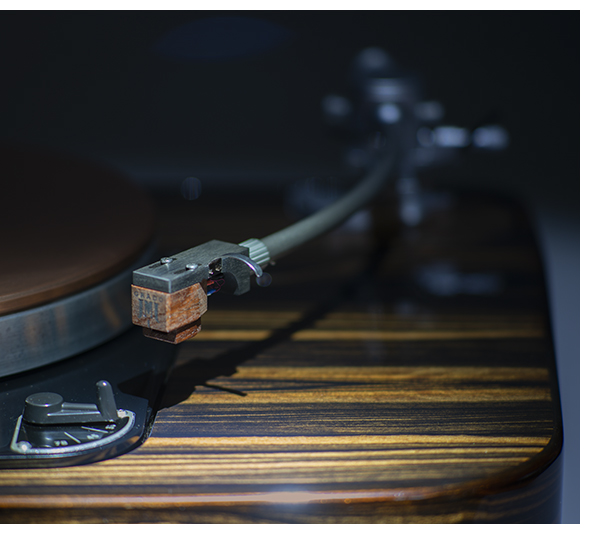 Classic rock lovers will feel equally at home. Electric guitars sound massive, and multilayered studio recordings from the 60s to the 80s open up a level of sonic sorcery that might have you double checking to make sure no one put something in your drink. The sound field presented by this table with either cartridge is big, wide, deep, airy and immersive.
Classic rock lovers will feel equally at home. Electric guitars sound massive, and multilayered studio recordings from the 60s to the 80s open up a level of sonic sorcery that might have you double checking to make sure no one put something in your drink. The sound field presented by this table with either cartridge is big, wide, deep, airy and immersive.
An experience like no other
I could gush on and on about the Artisan Fidelity Garrard 301 Statement for hours, but we’ve all got to get back to work, eh? The minute you listen to a record on one, it will either captivate you to the point where you can’t live until you find a way to make one yours, or its exuberant nature will not be your cup of tea. Car talk aside, the only other thing I can really compare the AFG to that might make even more sense is a pair of top range Sonus faber speakers. They are the only other audio product I’ve used with a similar level of finish. And it is the only other product where my friends’ spouses say, “yes, you can have one of those in the living room.”
Just like every SF speaker we’ve had in for review, the AFG is the only other product that brings a similar level of intrigue with it. Everyone wants to touch it. So much so, that I am thinking about mounting a very inexpensive cartridge to the rear tonearm, so everyone can experience the sheer physicality of operating this turntable.
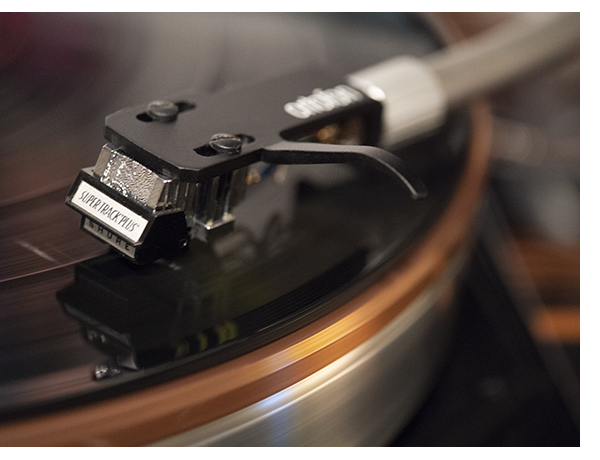 As one who rarely turns fanboy on products, the AFG is a rare piece of gear that at the end of the review has me losing my ability to remain objective. If you genuinely love analog, you should experience one, whether you write the check or not. However, I suspect if you value the qualities I’ve mentioned here, you will have a very tough time not falling victim to its spell. This one has been here for the better part of a year now, and I pinch myself every time I use it.
As one who rarely turns fanboy on products, the AFG is a rare piece of gear that at the end of the review has me losing my ability to remain objective. If you genuinely love analog, you should experience one, whether you write the check or not. However, I suspect if you value the qualities I’ve mentioned here, you will have a very tough time not falling victim to its spell. This one has been here for the better part of a year now, and I pinch myself every time I use it.
Don’t say I didn’t warn you. This is why it was our Analog Product of the Year for 2018.
The Artisan Fidelity Garrard 301 Statement
www.artisanfidelity.com
Single 9″-12″ tonearm compatible plinth configuration, $18,995 (Exotic hardwood and Automotive finishes optional)
Dual 9″ – 12″ tonearm compatible plinth, as above, $19,995
Sound Carrier UTPS Power Supply $1,995 (optional)



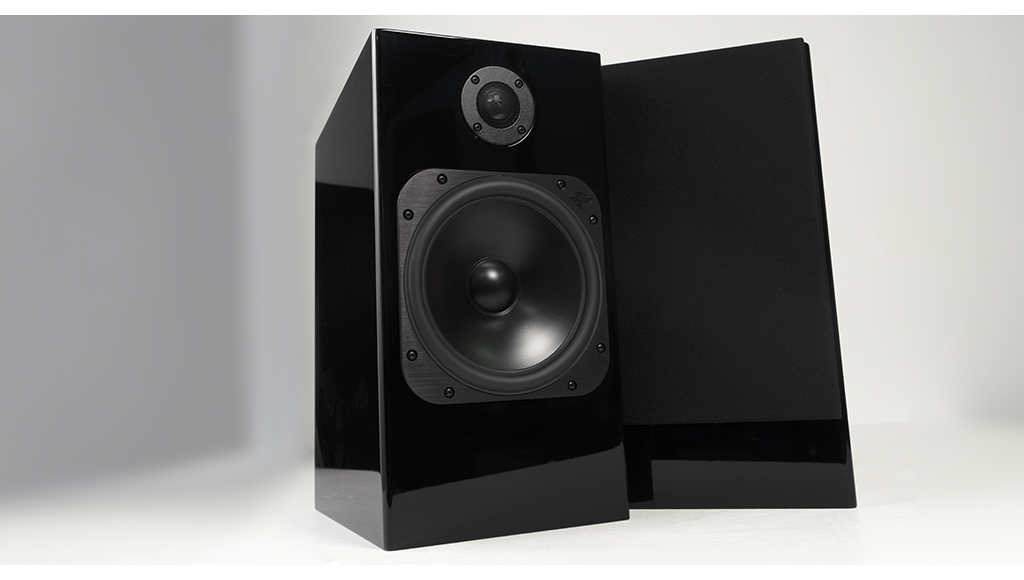
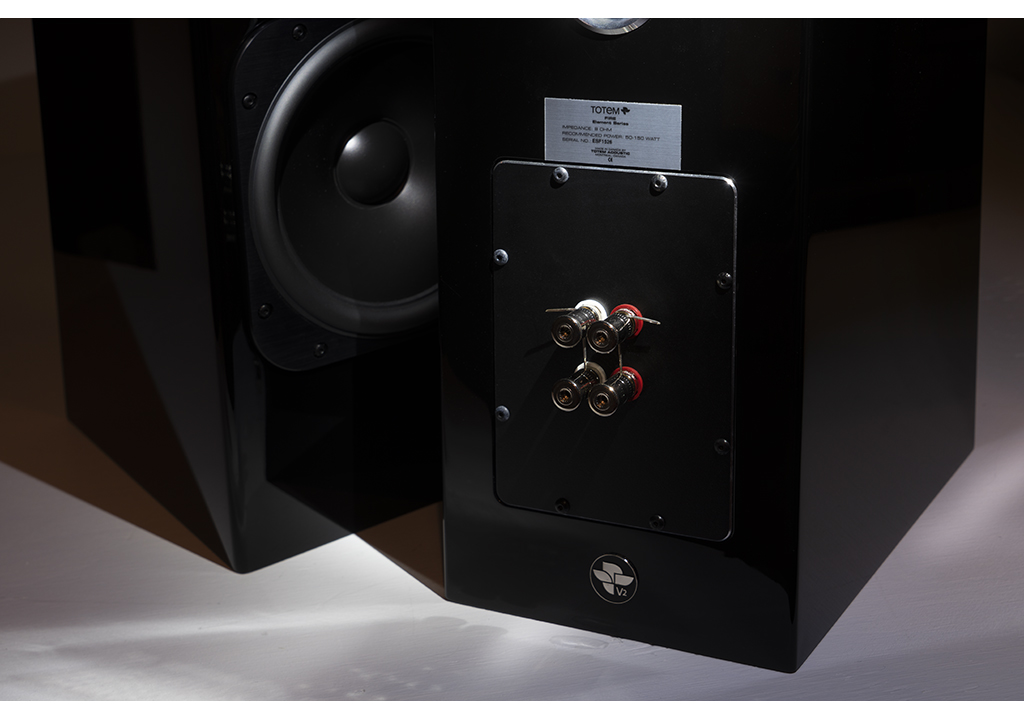
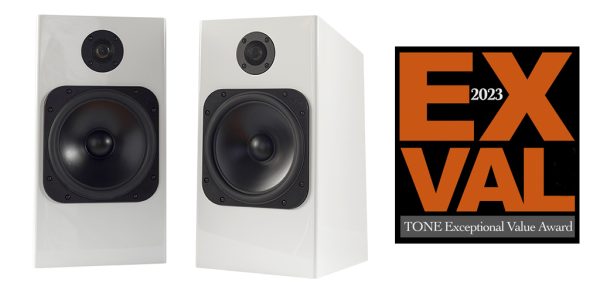
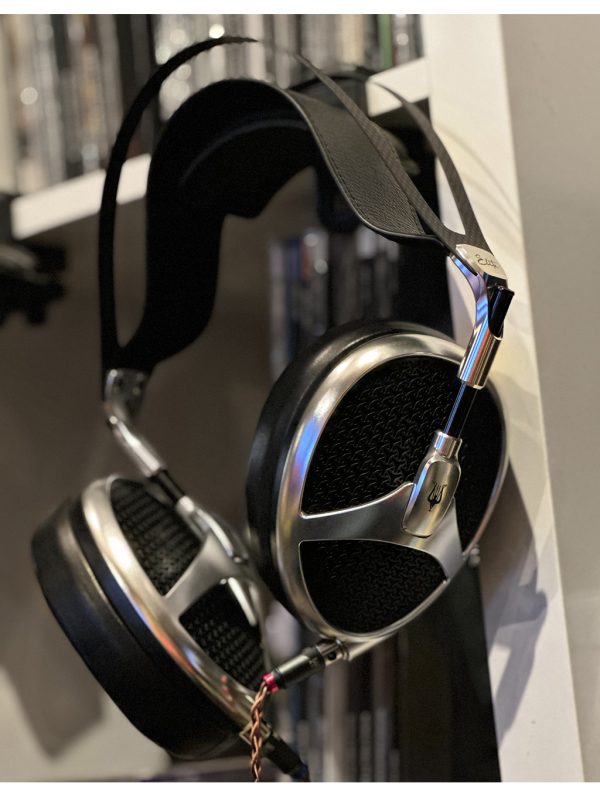
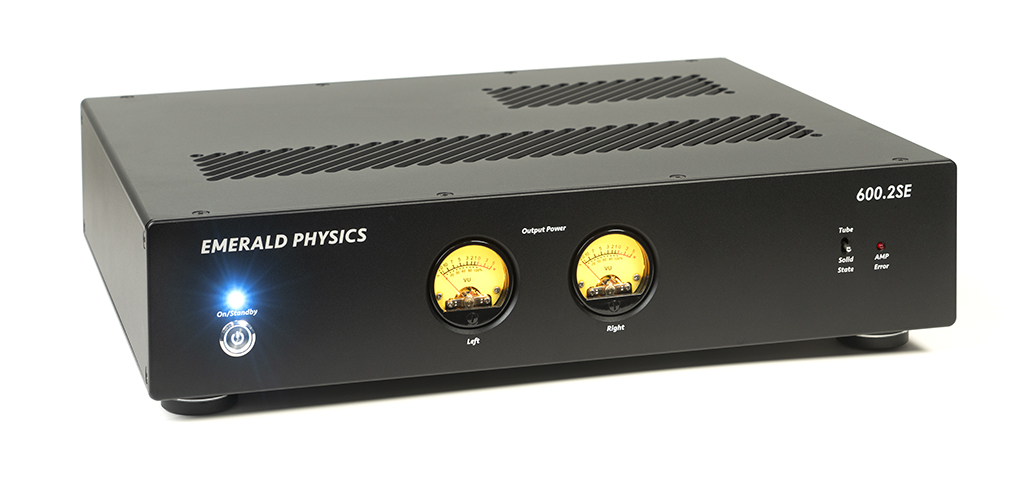


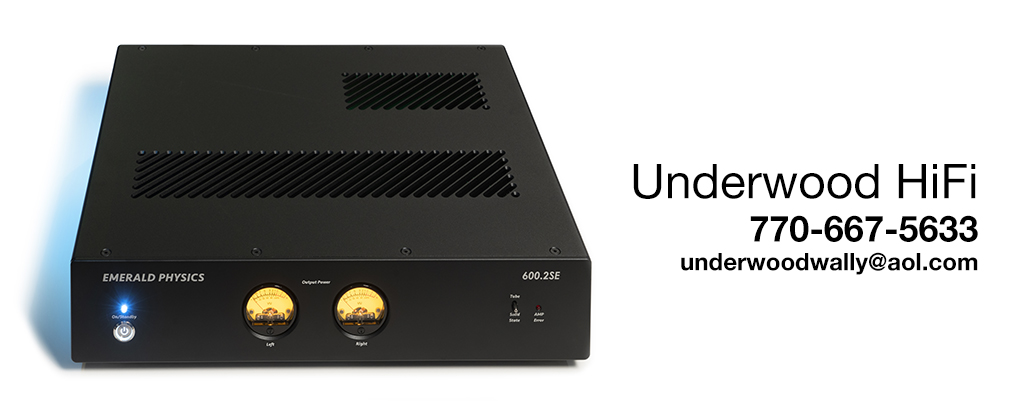
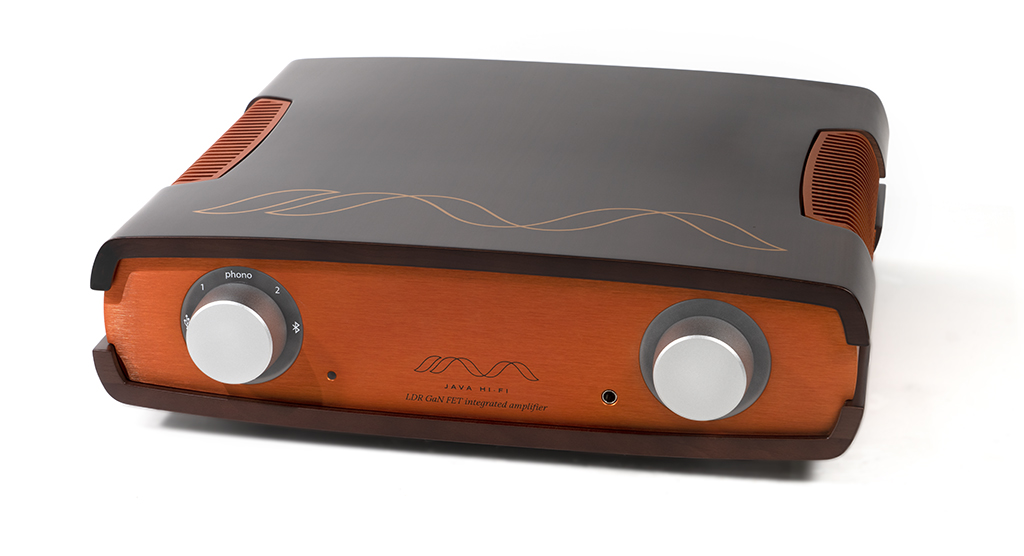
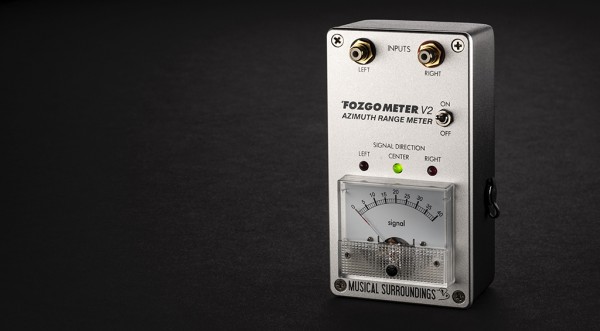
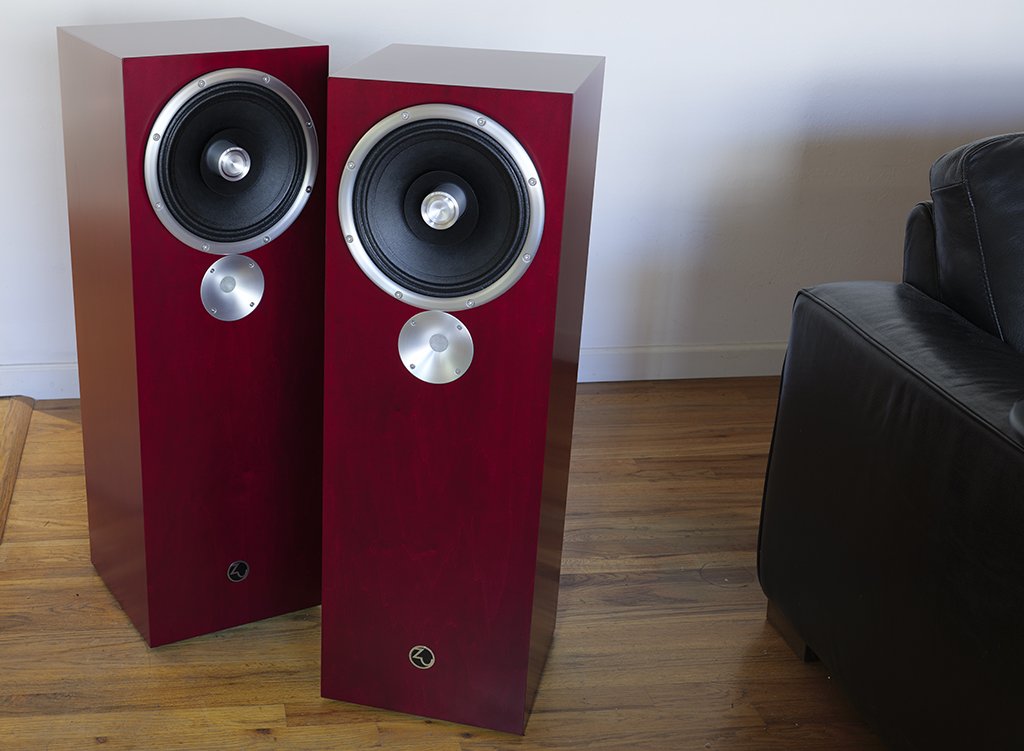
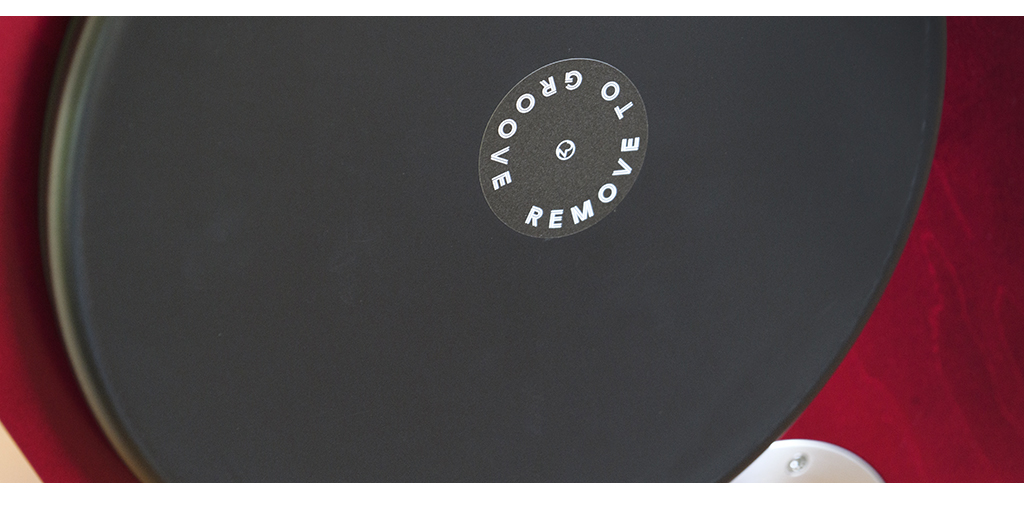
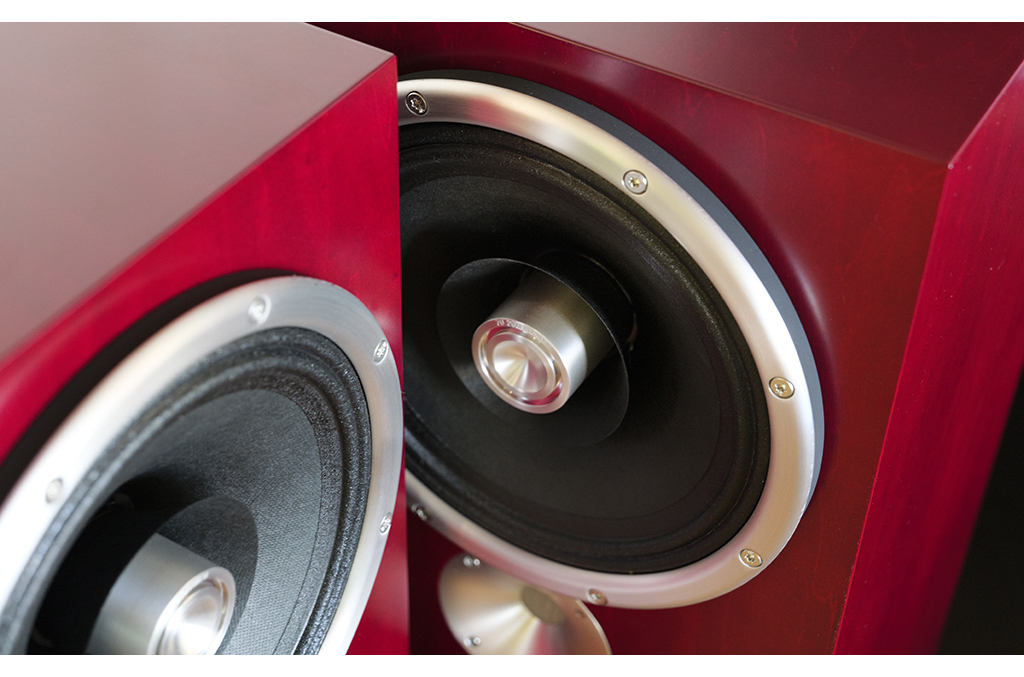

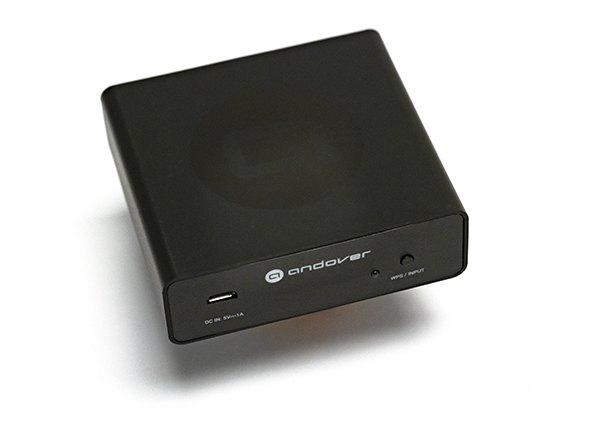
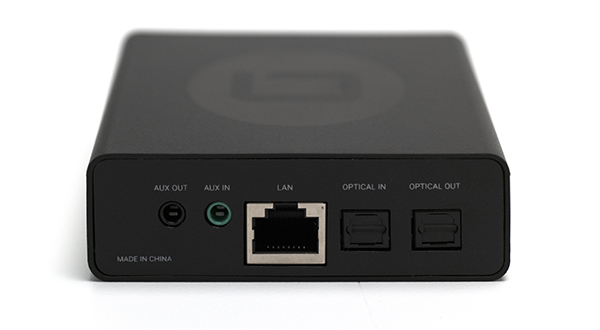
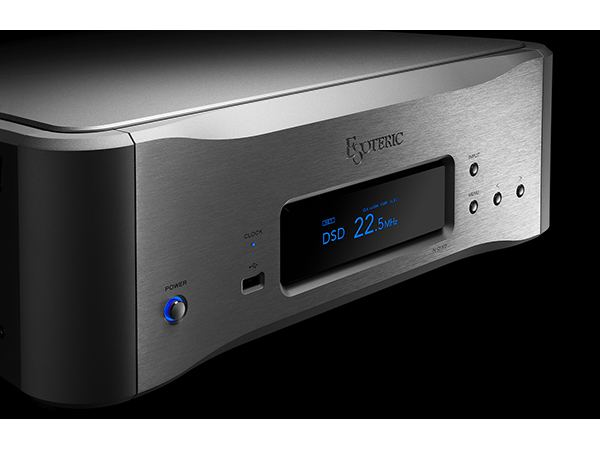
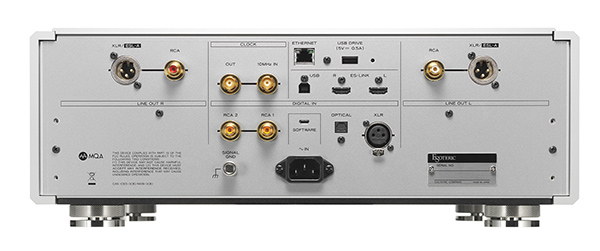
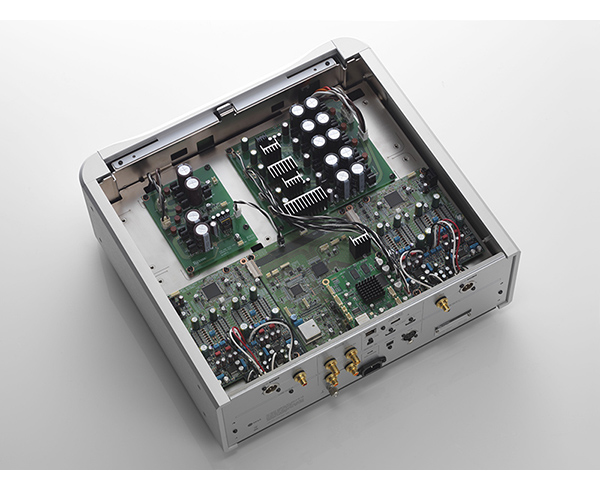
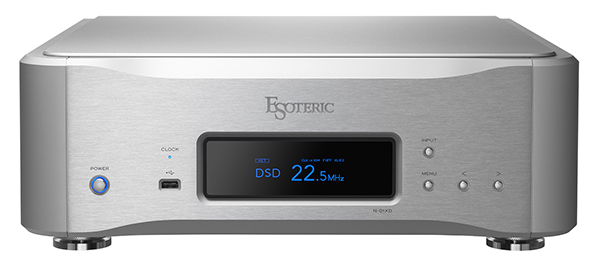
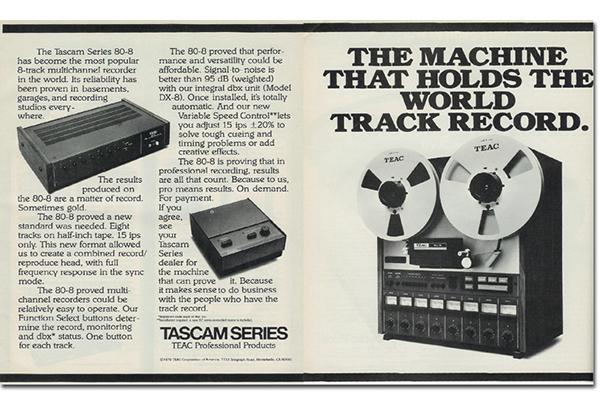
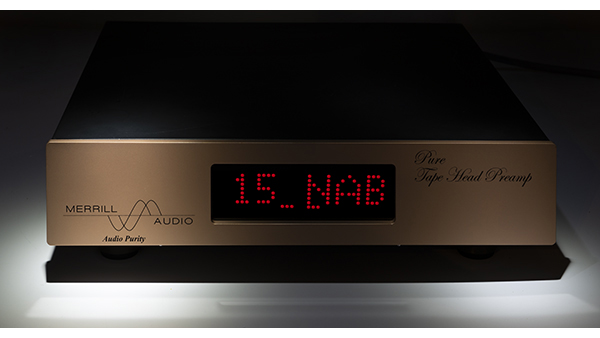
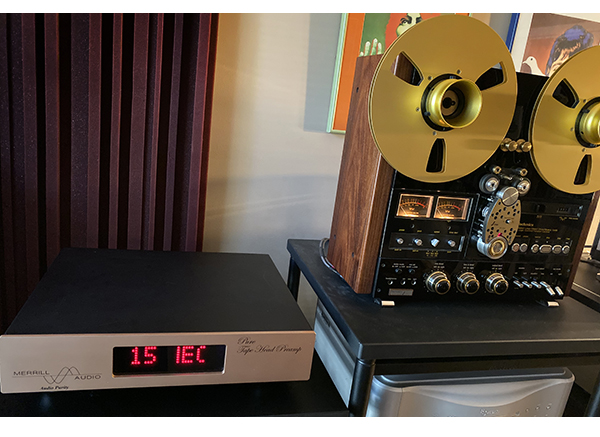
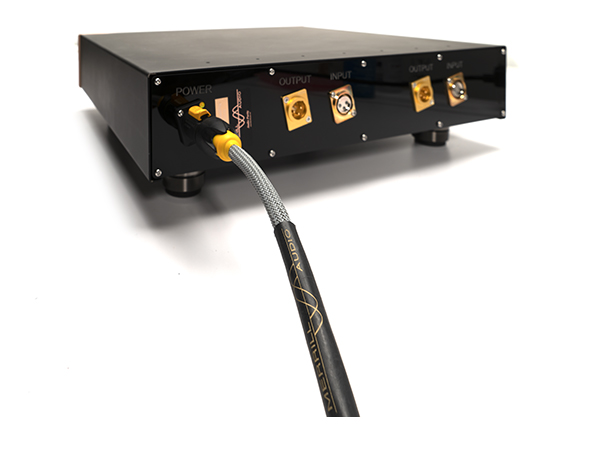
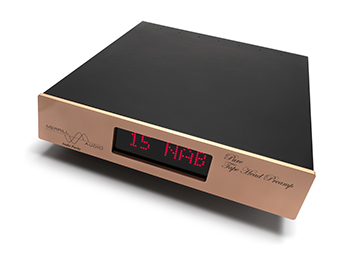






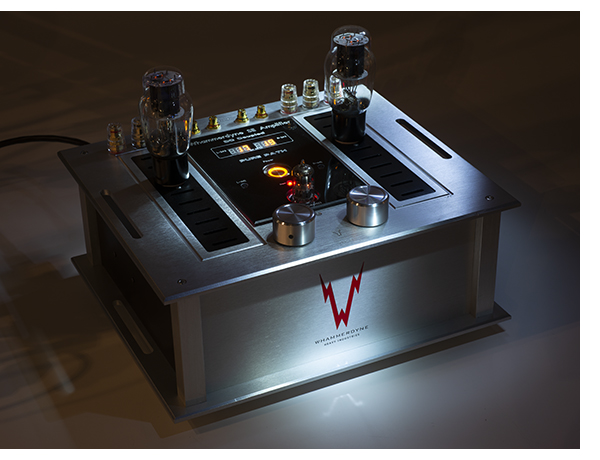
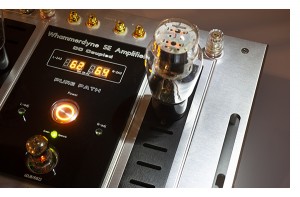
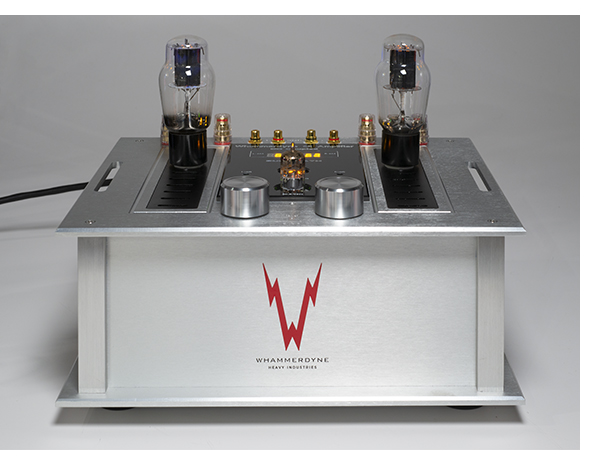
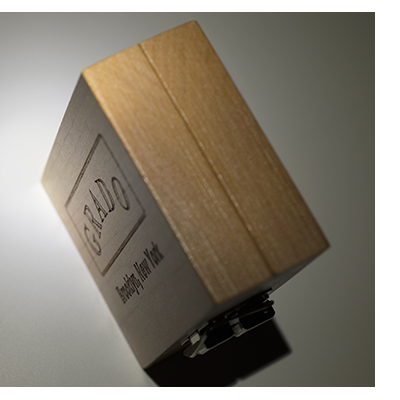
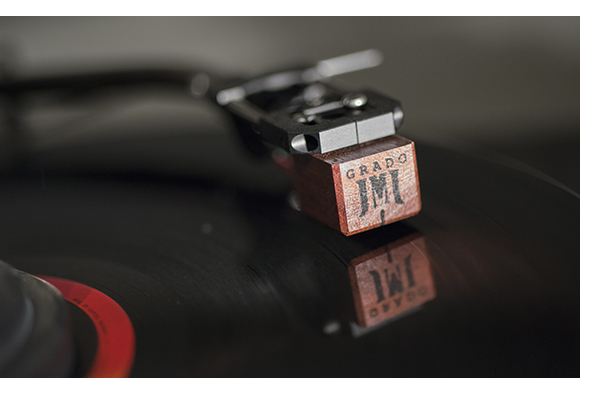
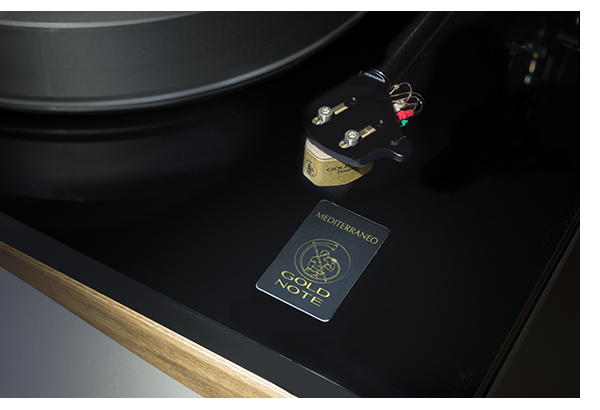
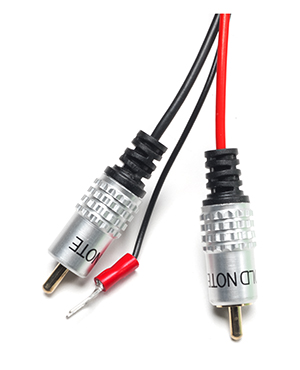
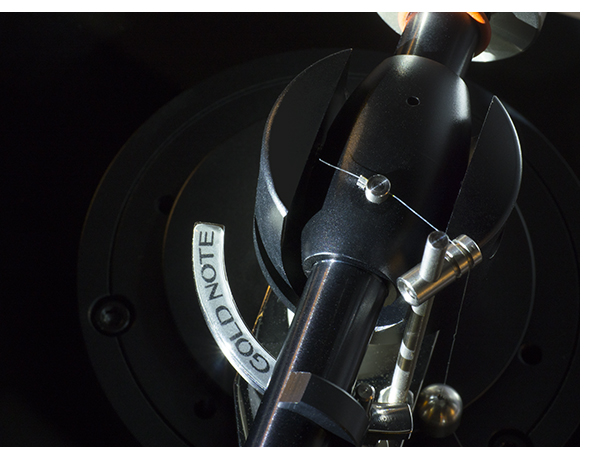
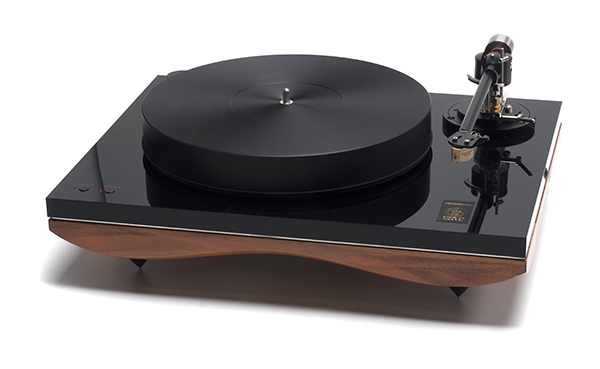
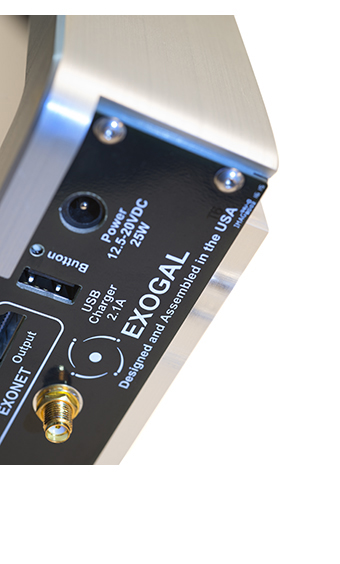
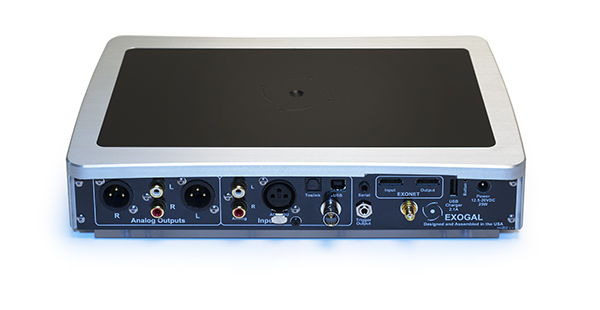
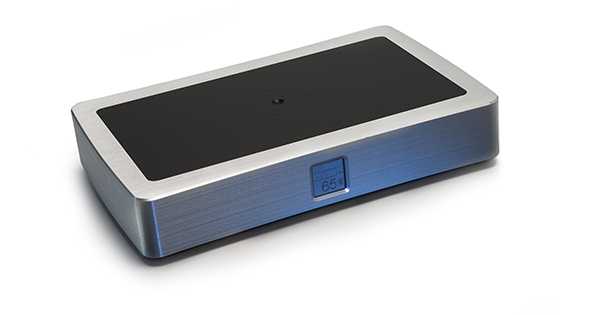
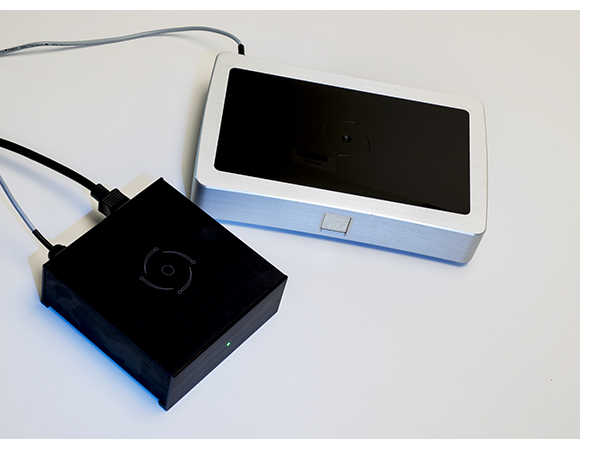
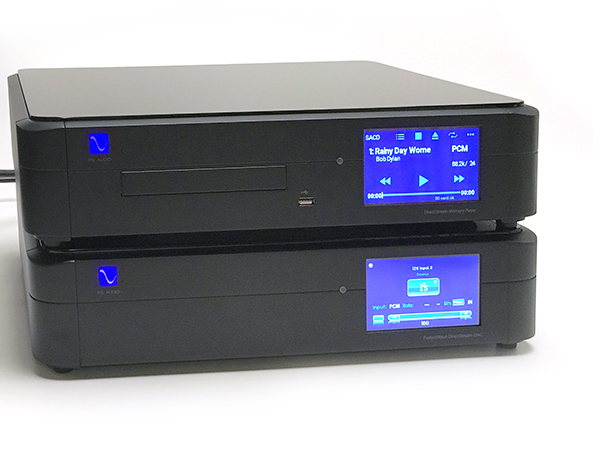
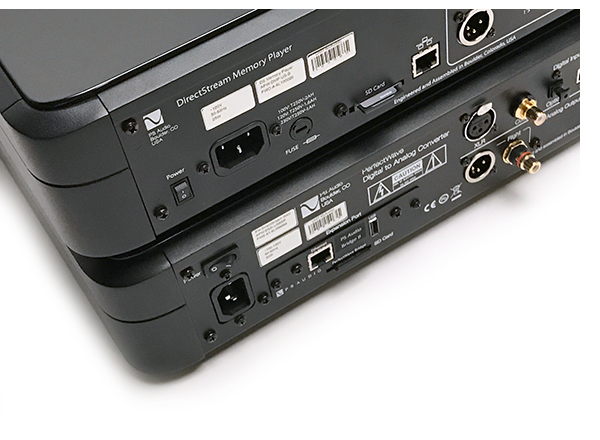
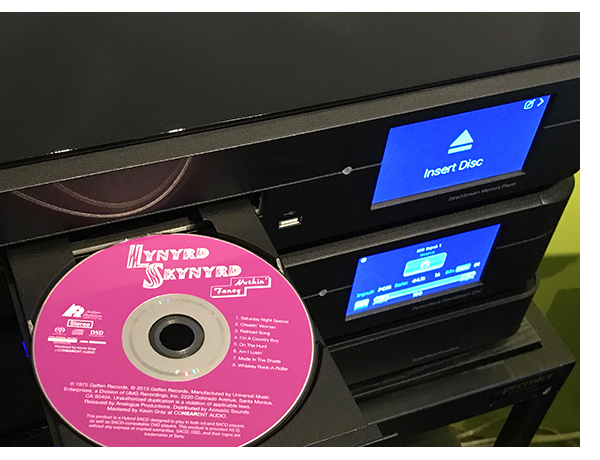
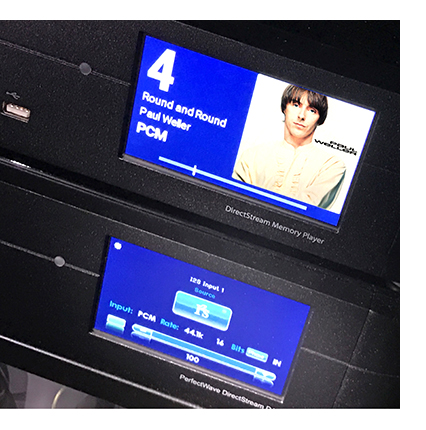
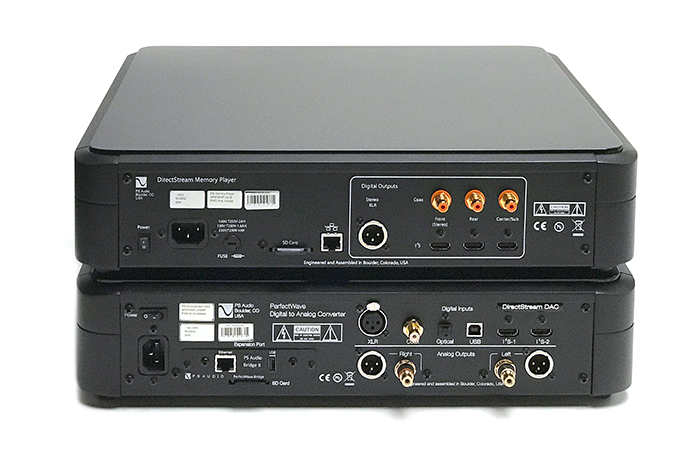
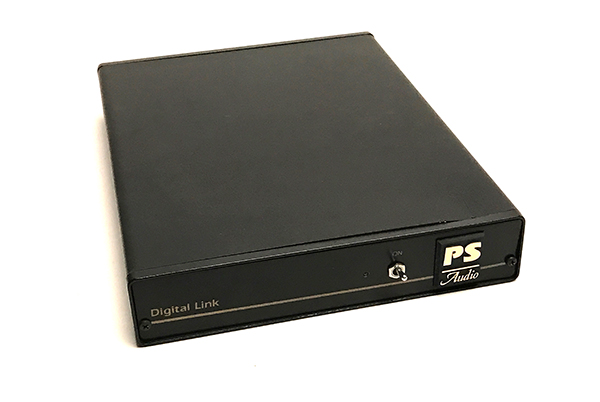
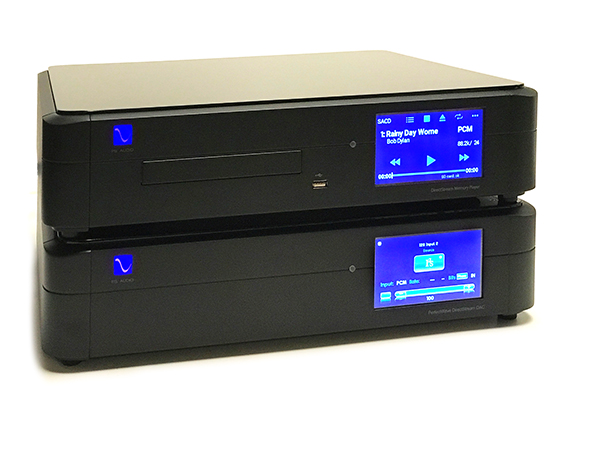
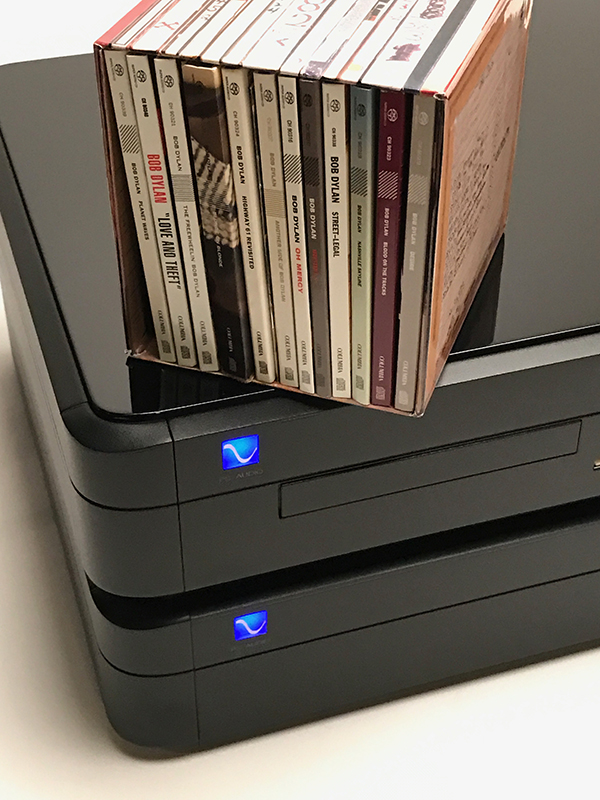
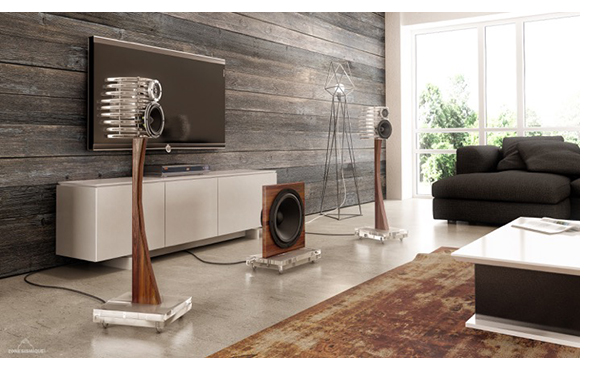
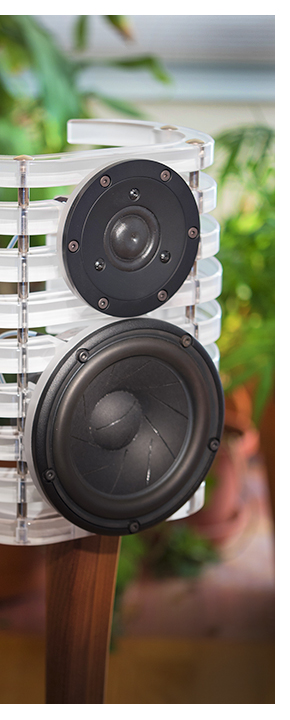
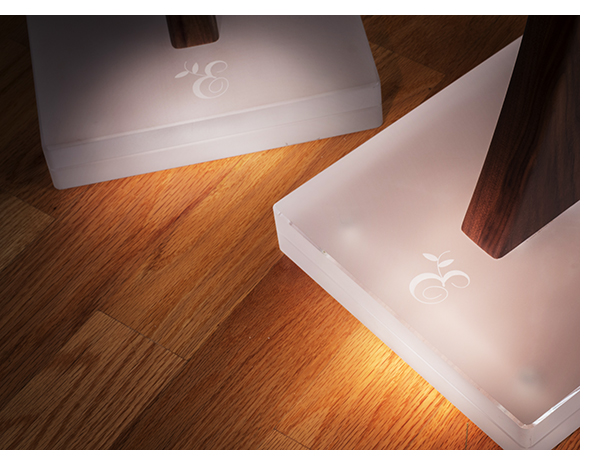
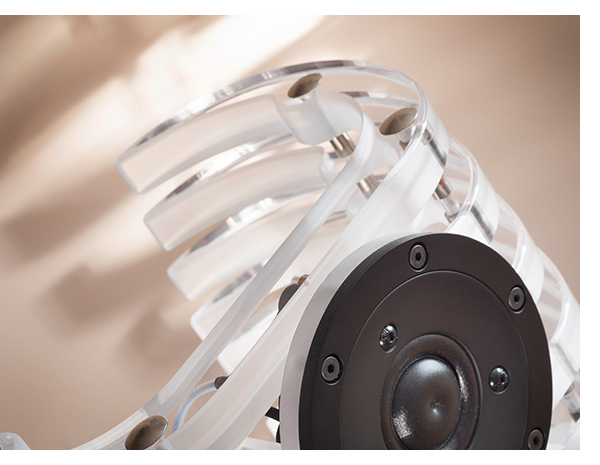
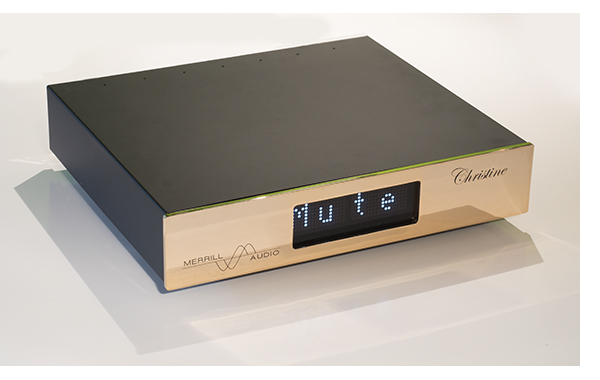
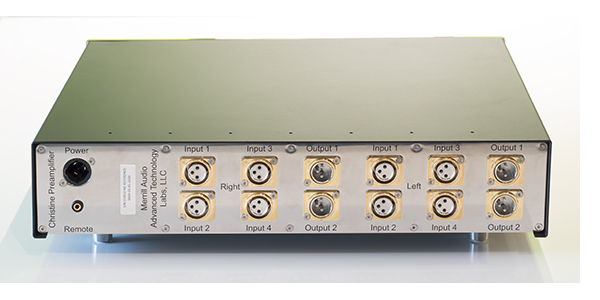
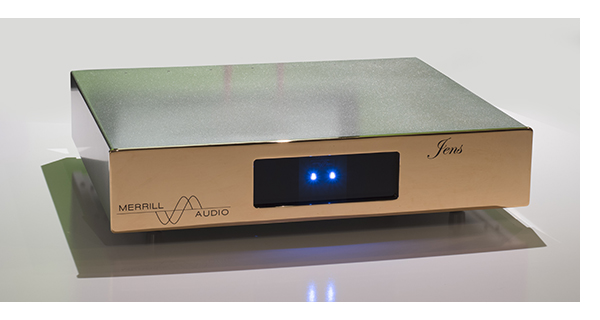
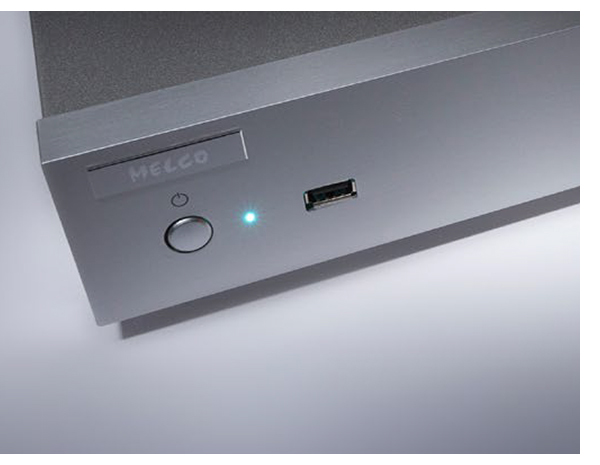
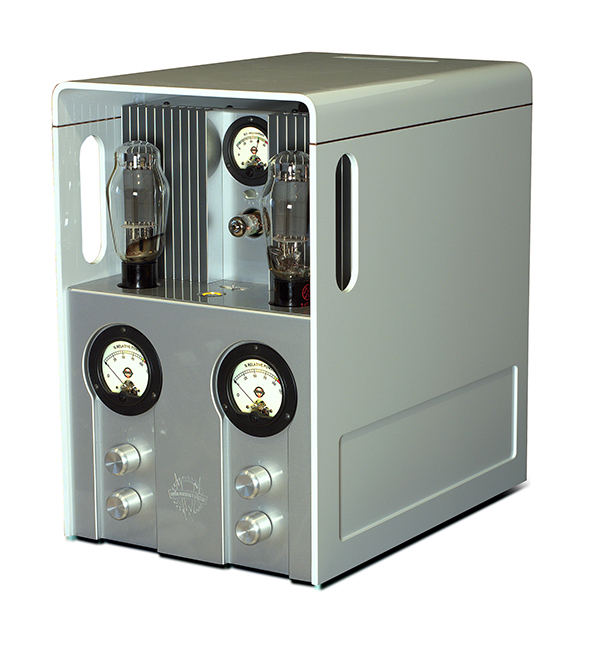
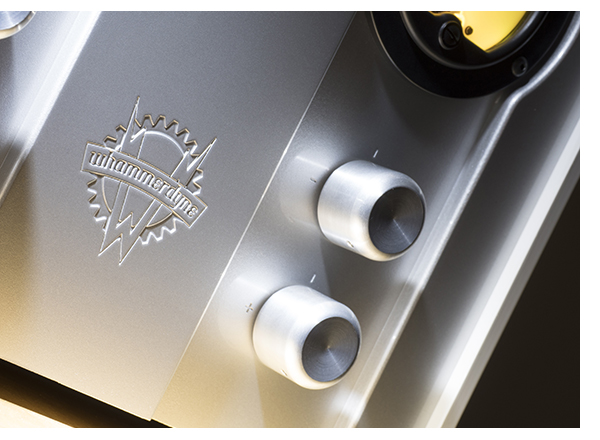
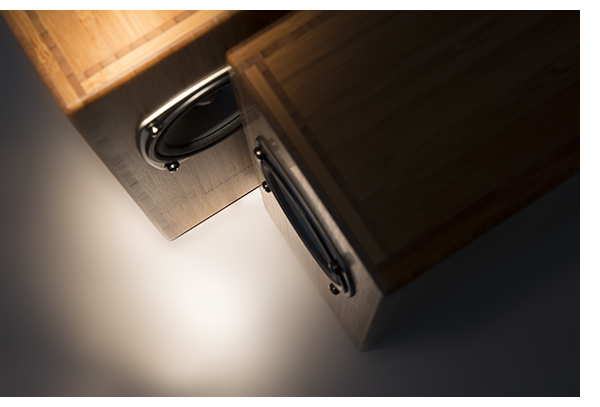
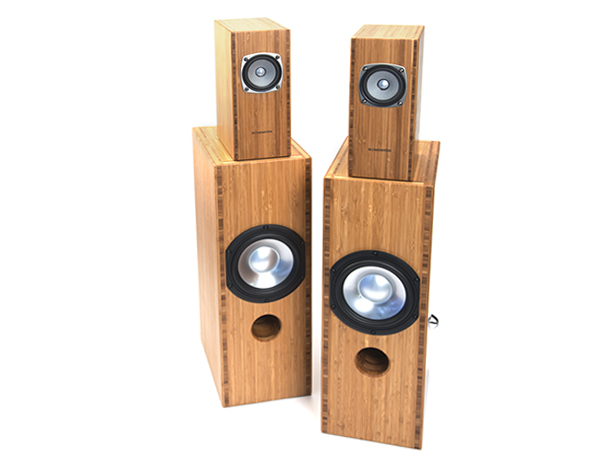
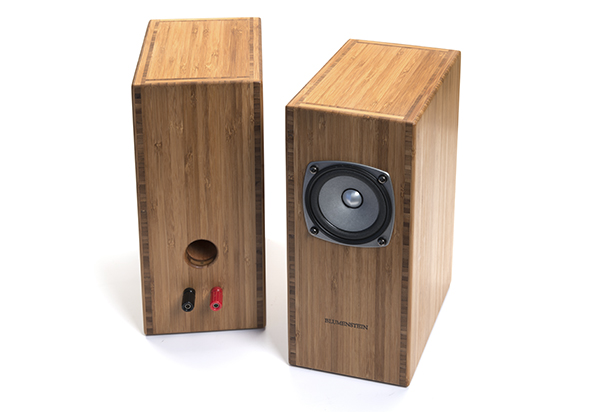
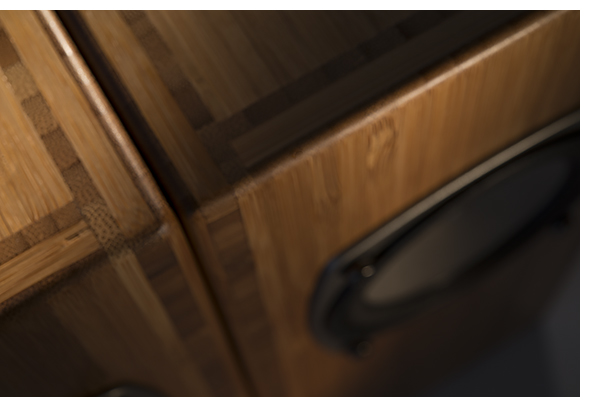
 Wave of Industry Support for Meridian’s MQA at CES Signals Change in Music Quality for All
Wave of Industry Support for Meridian’s MQA at CES Signals Change in Music Quality for All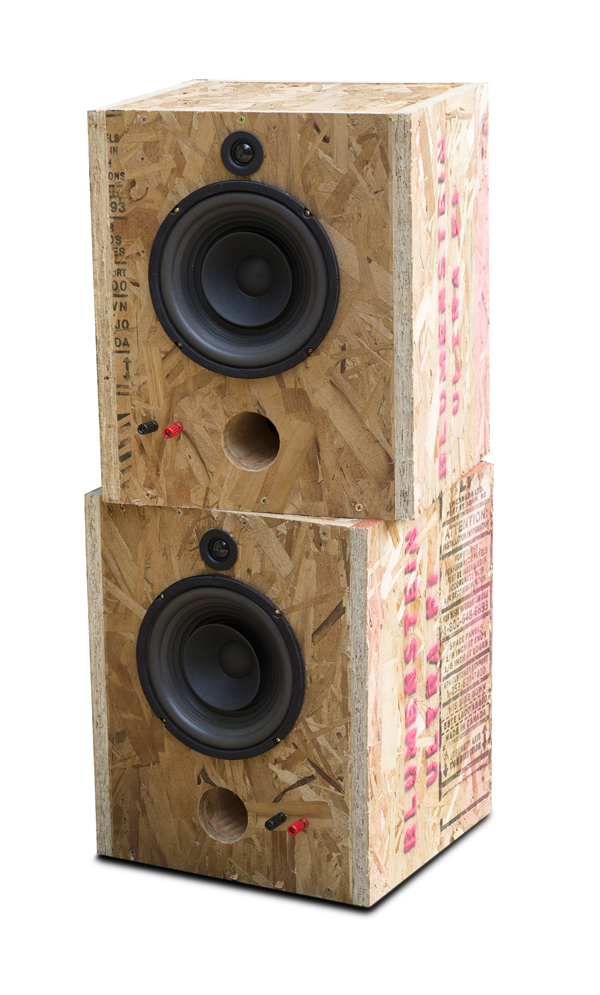 One of the signs of a mature audiophile is whether they have a true garage system—not the wife’s old Lloyd’s faux-wood tuner/record player/cassette, but an actual receiver, disc player and speakers. Chances are the electronics are at least 20 years old, but the true pride is often in the speakers. Placement usually either involves a couple of L-brackets or, for the more adventurous, eyehooks and some length of chain. It can be problematic when the speakers are needed for an outdoor event away from the garage/workspace. I would not recommend taking your home speakers to the park gazebo.
One of the signs of a mature audiophile is whether they have a true garage system—not the wife’s old Lloyd’s faux-wood tuner/record player/cassette, but an actual receiver, disc player and speakers. Chances are the electronics are at least 20 years old, but the true pride is often in the speakers. Placement usually either involves a couple of L-brackets or, for the more adventurous, eyehooks and some length of chain. It can be problematic when the speakers are needed for an outdoor event away from the garage/workspace. I would not recommend taking your home speakers to the park gazebo.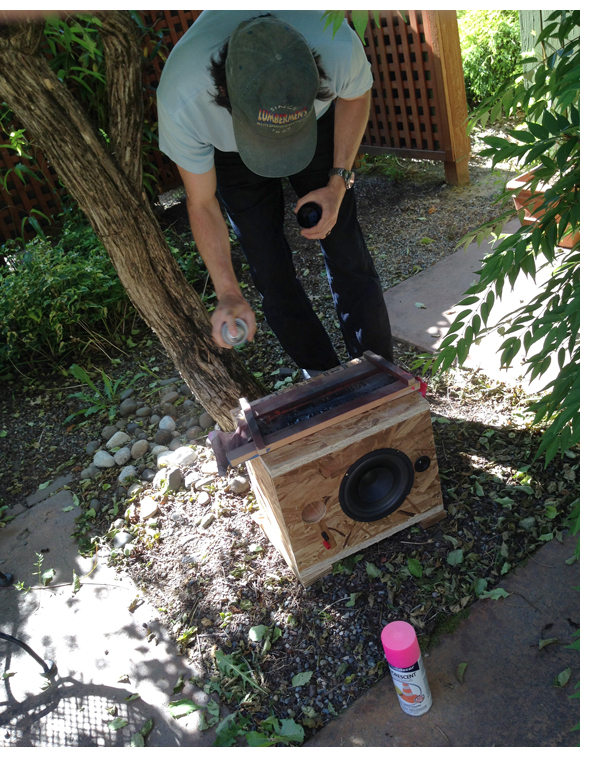
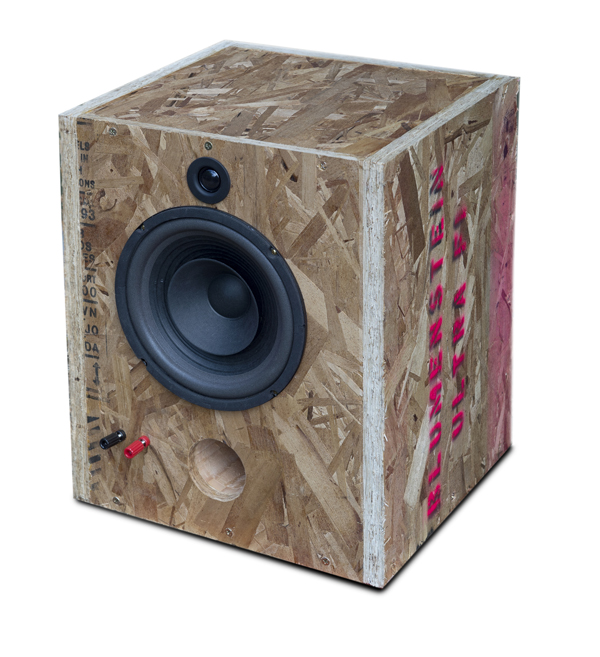 Publisher’s note: After auditioning the Thrashers with everything from an $88,000 pair of Pass Xs300s to my Sansui 771, I decided that I need them. Per Mr. Marcantonio’s suggestion, they are my new garage speakers. Rock on. —Jeff Dorgay
Publisher’s note: After auditioning the Thrashers with everything from an $88,000 pair of Pass Xs300s to my Sansui 771, I decided that I need them. Per Mr. Marcantonio’s suggestion, they are my new garage speakers. Rock on. —Jeff Dorgay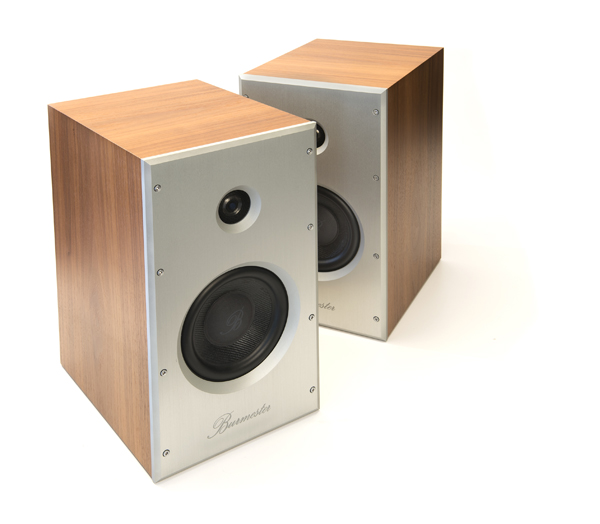 If you’ve ever had the opportunity to audition Burmester loudspeakers, you know they mate perfectly with the company’s electronics and that, together, they put forward a very dynamic, powerful presentation. And, as founder Dieter Burmester is a bass player in his spare time, his speakers are never lacking in low-frequency authority.
If you’ve ever had the opportunity to audition Burmester loudspeakers, you know they mate perfectly with the company’s electronics and that, together, they put forward a very dynamic, powerful presentation. And, as founder Dieter Burmester is a bass player in his spare time, his speakers are never lacking in low-frequency authority.